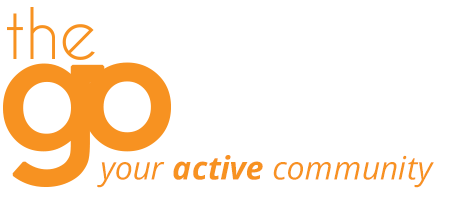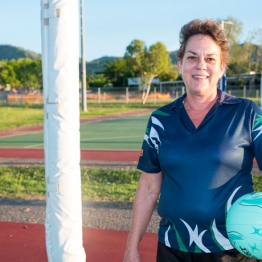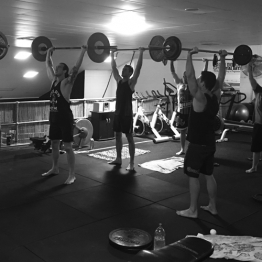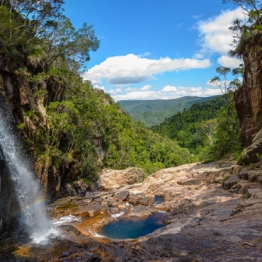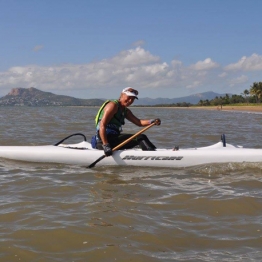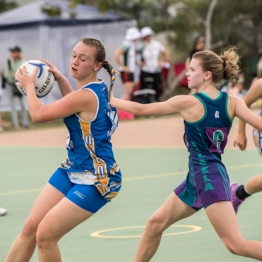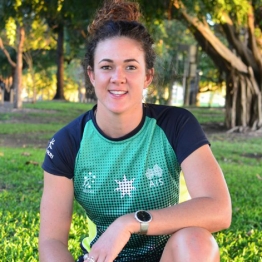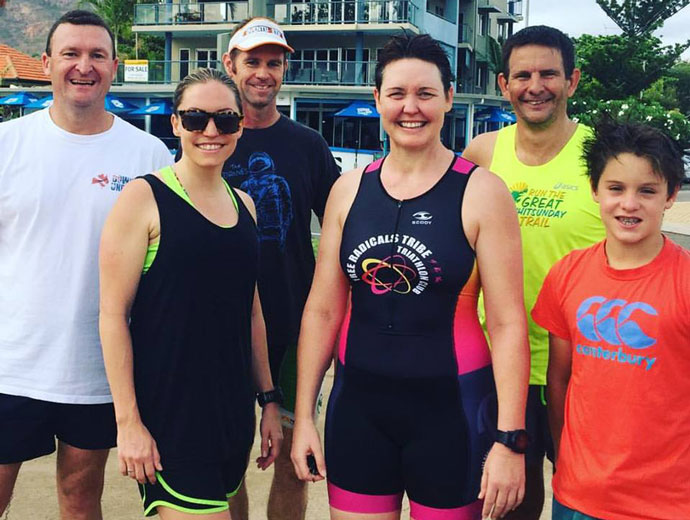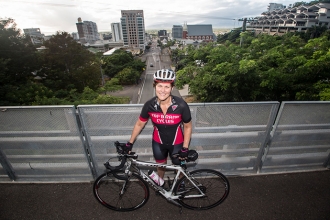This article is supplied by accredited Triathlon Australia coach Brendan Cochrane.
Are you thinking about tackling a few competitive events this year? Here are some tips that will hopefully help you to recover from that triathlon or run in record time.
Often after a race — whether I am racing myself or just spectating — I like to take a look at the post-race recovery methods used by different athletes.
If I am 100% truthful, more often than not the only method I really see is the line-up to the massage tables.
The sad reality of the matter is that your next race preparation starts the second that you cross the finish line. Basically: Post event recovery is where it starts.
“Resting does not mean complete inactivity. You should include some very light exercise to reduce stiffness and speed up recovery”
How should I recover post race?
Warm down
Do this as soon after the race as you can. The best options are swim or bike for 10 to 15 minutes. A light run is still relatively high impact but, if it’s the only option, then mix jogging with walking just to keep the blood flowing after your hard effort. This will help (but won’t prevent) muscle stiffness developing later.
Rest
This is the simplest and most important part of the recovery. Your body will immediately start working on repairing itself. If it’s forced to train on inflamed joints or damaged muscles, that’s when ongoing fatigue and injuries arise. Sleep is a key ingredient as this is when the body repairs best, so catch as much shuteye as you can in the days immediate post event. Resting does not mean complete inactivity. You should include some very light exercise to reduce stiffness and speed up recovery.
Stretch
Stretching will not help knots — this is where massage takes precedence, but that’s at a later point. Dynamic stretching like leg and arm swings are fantastic for releasing tight muscles and connective tissue, as well as helping circulation. Spend a few minutes on this first thing in the morning as well as before any exercise.
Ice
Areas that are swollen or inflamed need ice (REAL QUICK). Ice reduces swelling. If you have swelling you’ll need to rest and let it settle before even thinking about training hard again. If you have a slight niggle, get on top of it early to avoid ongoing issues. These small niggles can often be sorted out quickly if you get onto them early in the piece. So don’t ignore them.
Replenish
In regards to hydration, it is better to sip frequently than scull gallons in one go. Opting for rehydration drinks like hydrolight or — my favourite — coconut water to replace all that lost sweat is a good idea. Try to eat some protein and anti-inflammatory foods are like grapes, blueberries, strawberries, oranges, kiwis, olive oil, celery, ginger, garlic, curry powder, nuts, tuna, salmon, mackerel, green tea, and a very small amount of red wine. Yes, you read that right – but only one glass!
Compress
The more you can compress the better. That said, running, cycling and triathlon in general is high impact on the lower limbs. So focusing on this area is a great start. My favorites are my trusty Raidlight compression socks that cover my full foot as well.
Massage
Try to avoid sports massage straight away — give your body about 48 hours. Your muscles are damaged, inflamed and dehydrated — a massage breaks down tissue even more, albeit temporarily. A very light rub aids circulation, but I would be holding out till the body has had some time to do some repair work.
What should I avoid after the race?
Sitting
Sitting compounds tightness in the hip flexors and pelvic region. Try to lie down or walk around rather than sit for too long. Not easily done in our everyday lives I know, but it’s something to be aware of. From a practical perspective, if you’re deskbound, try to take frequent water breaks (the athlete’s equivalent of a smoke breaks), so you get up and move around as frequently as possible. Being still for too long reduces recovery.
Playing Up
Beer and or a glass of wine is actually said to reduce inflammation and aid recovery, but more than this and you will increase recovery time. The muscles will remain dehydrated and the repair process will be compromised. It’s OK if it’s a big race worthy of a big celebration, but be prepared to take it easy for a few days after.
Running
This should be the last activity to reintroduce. Cycling and swimming are great as they are low-impact and you’ll actually feel looser for doing something. As far as I am concerned though there is no such thing as a ‘recovery run’ due to its high-impact nature.
